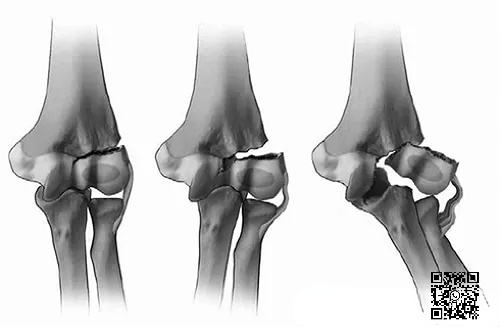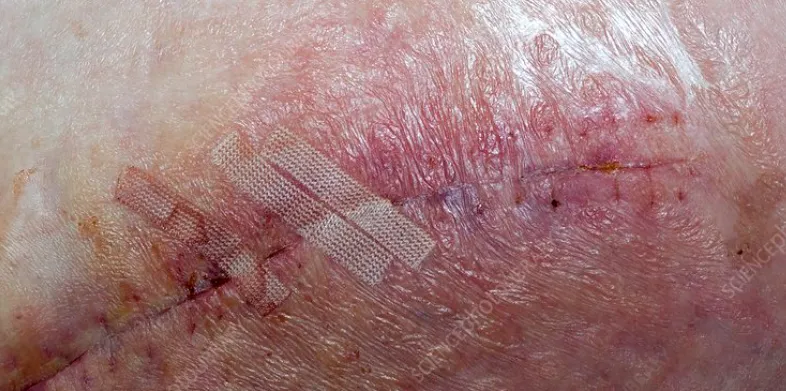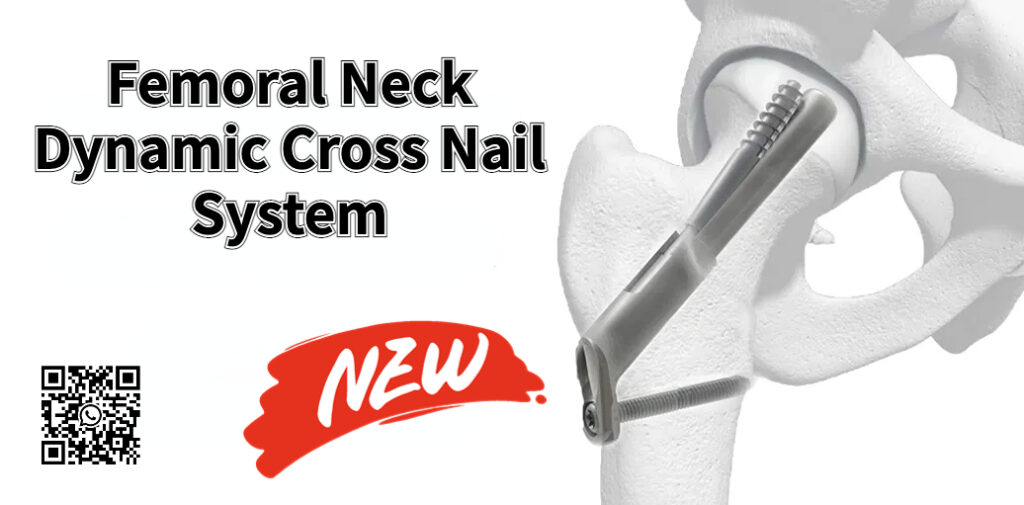Pediatric Lateral Condyle Fractures: A Critical Classification Guide

Pediatric lateral condyle fractures are one of the most common elbow fractures in children, and timely diagnosis is crucial. Understanding the classification of these fractures helps guide treatment, avoid complications, and ensure proper healing. Among the various systems used to classify these fractures, the Weiss classification is often preferred due to its focus on fracture […]
Orthopedic Emergencies: Conditions Requiring Immediate Attention and Treatment

Orthopedic emergencies are critical injuries or conditions that require immediate intervention to prevent irreversible damage or life-threatening complications. These situations often demand a quick diagnosis and treatment by an orthopedic specialist. Below are some of the most common orthopedic emergencies and how they are managed. Open Fractures: High Risk of Infection An open fracture occurs […]
Comprehensive Guide to Medial Clavicle Fractures: Epidemiology, Mechanisms, Diagnosis, and Treatment

Medial clavicle fractures are rare but present unique challenges in diagnosis and treatment. Unlike the more common middle or distal clavicle fractures, these injuries often result from high-energy trauma and may be associated with other severe injuries. Understanding the epidemiology, mechanisms, and treatment options for medial clavicle fractures is essential for optimal patient outcomes. Epidemiology of Medial Clavicle Fractures Medial […]
Comprehensive Guide to Differential Diagnosis of Forefoot Pain

Forefoot pain can be a debilitating condition, affecting mobility and quality of life. Diagnosing forefoot pain accurately is crucial for effective treatment. This article provides a detailed breakdown of common conditions that cause pain in the forefoot, their typical locations, and symptoms to watch for. By understanding these conditions, healthcare professionals and patients can better navigate the […]
15 Easily Misunderstood Points About Fracture-Related Infections (FRIs)

Fracture-related infections (FRIs) are a complex and challenging complication in orthopedic surgery. Often confused with prosthetic joint infections (PJIs), FRIs present distinct obstacles that require a nuanced approach. Here are some key points to clarify common misunderstandings: FRI vs. PJI: Understanding the Differences 1. Unique Challenges: While both FRIs and PJIs involve biofilm formation, FRIs […]
Hot Topics and Controversies in Midshaft Clavicle Fractures

Clavicle fractures are among the most common types of fractures, accounting for 2.6% to 12% of all fractures. Of these, midshaft clavicle fractures make up a significant 80%, making it a key focus of research and treatment. Clavicle fractures not only impact bone structure but can also affect the function of the shoulder girdle, which […]
Research hotspots and progress of orthopedic implants

The repair and replacement of large-scale bone defects caused by diseases, trauma, and aging has been an important topic that humans have been studying for centuries. However, to date, the clinical treatment of large-scale bone defects remains a world problem. The use of orthopedic implants to reconstruct the structure and function of bone tissue in […]
Epiphysisitis and osteochondrosis: two common causes of bone pain in growing children
As a young orthopedic doctor, understanding the nuances of pediatric musculoskeletal disorders is crucial. This article introduces two common causes of pain in growing bones: apophysitis and osteochondrosis. While both conditions affect developing skeletal systems, they have distinct etiologies, presentations, and management approaches. Apophysitis: Traction-Induced Pain Apophysitis results from traction injury to the cartilage and […]
Causes and countermeasures of fracture nonunion: analysis from several papers
Causes and Treatment of Nonunion of Fractures Nonunion of fractures, also known as pseudoarthrosis, occurs when a fracture fails to heal without further intervention. This condition can persist regardless of how much time has passed since the initial injury. Understanding the causes of nonunion is critical for effective management and treatment. Causes of Nonunion of […]
Femoral Neck Dynamic Cross Nail System Product Introduction

IndicationsFemoral neck fracture (AO type 31-B)(Intertrochanteric fracture and subtrochanteric fracture are contraindicated) Product Advantage 1Excellent angular stabilityThe main screw and the anti-rotation screw maintain overall angular stability with the locking screw, which can effectively prevent varus collapse and femoral neck shortening, and can provide more adequate angular stability compared to ordinary hollow screw treatment. Product […]

